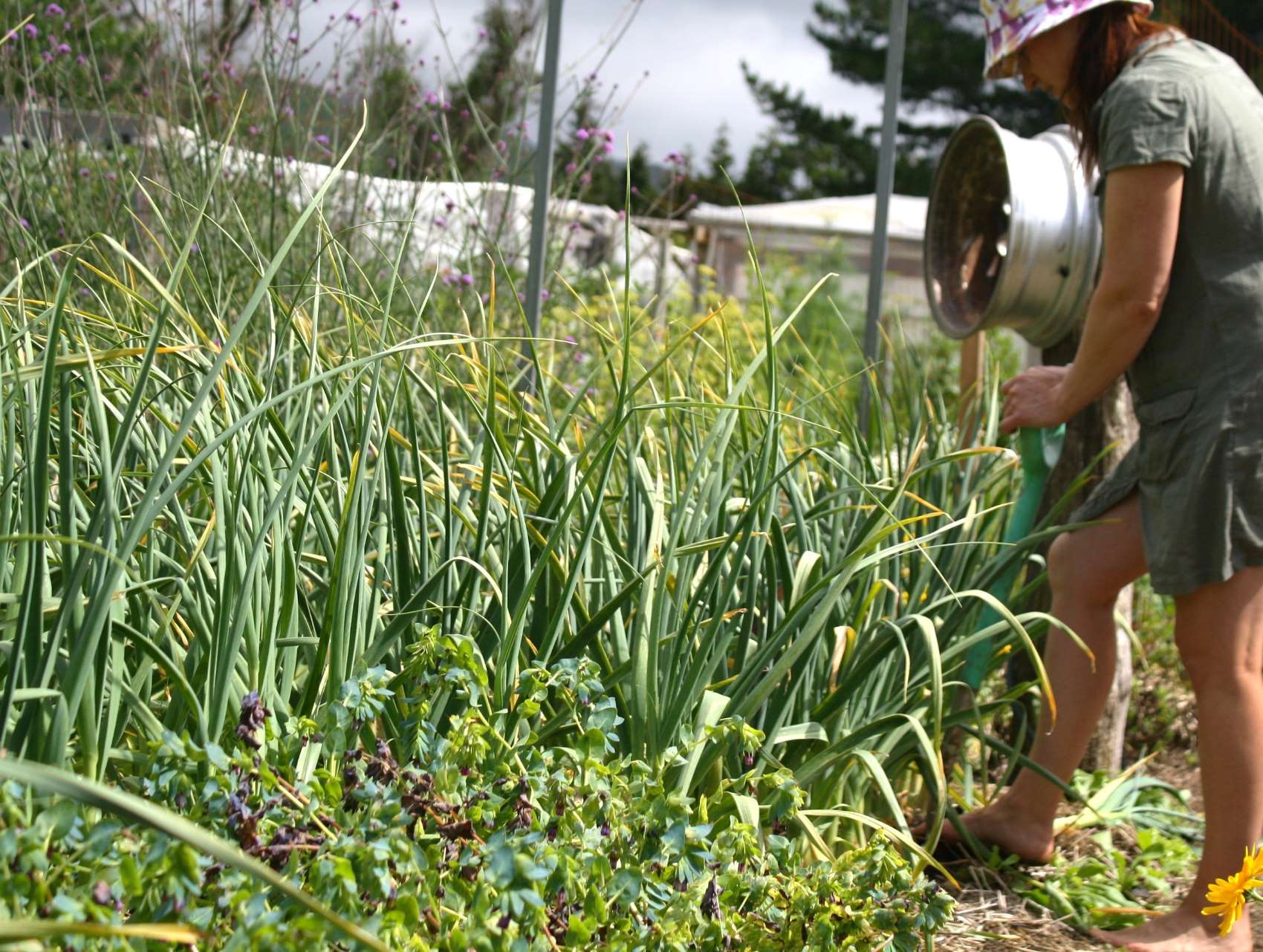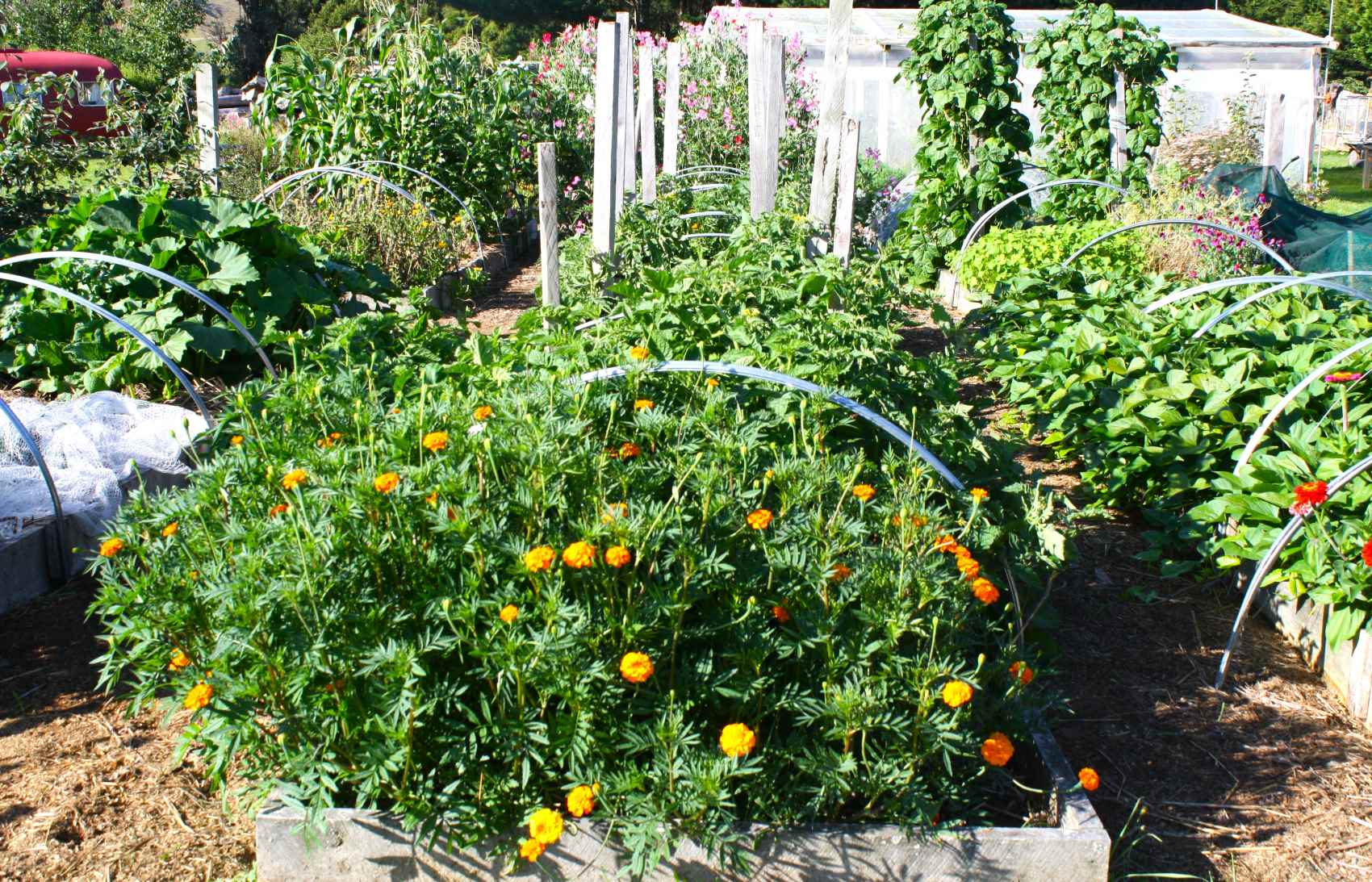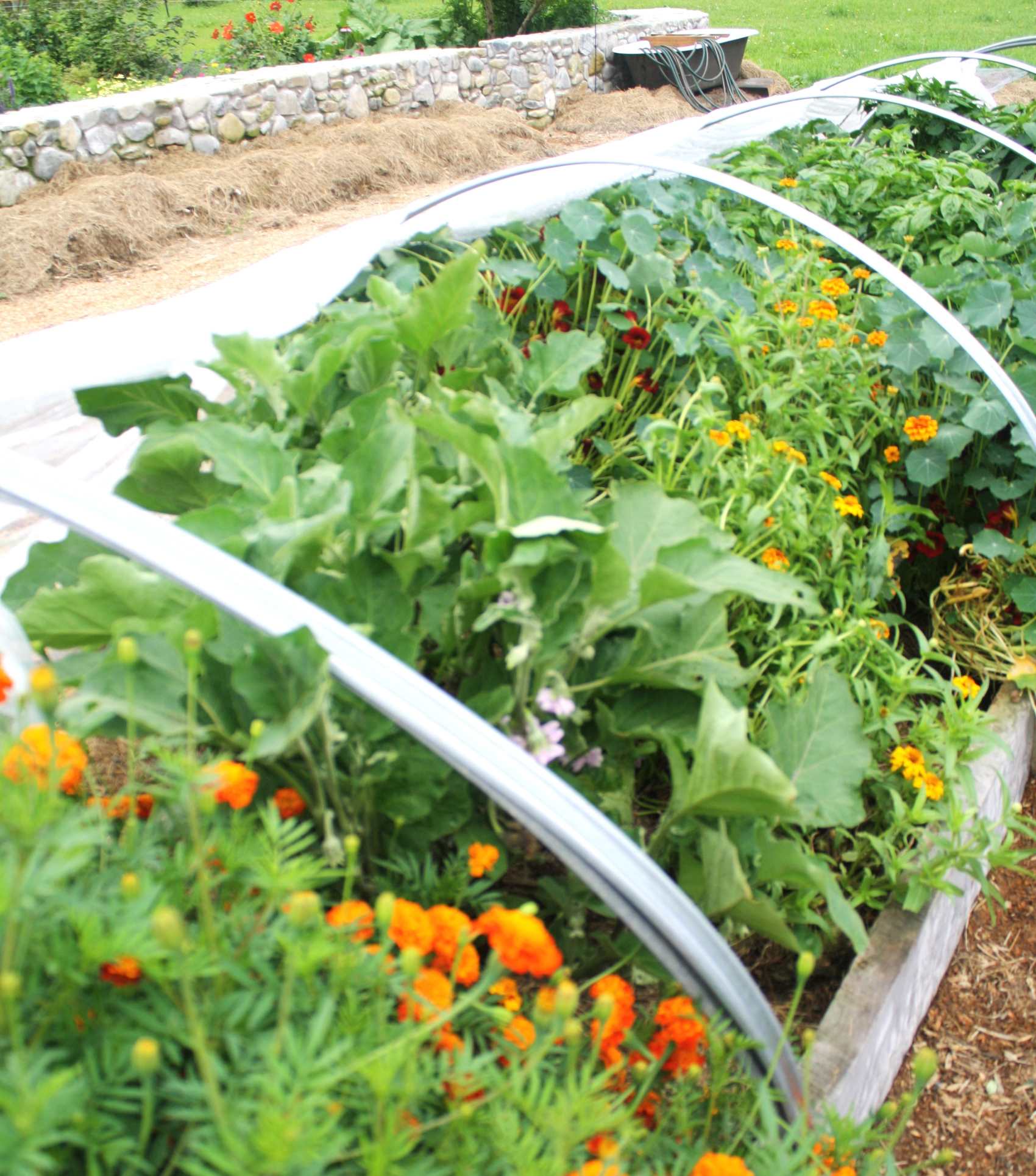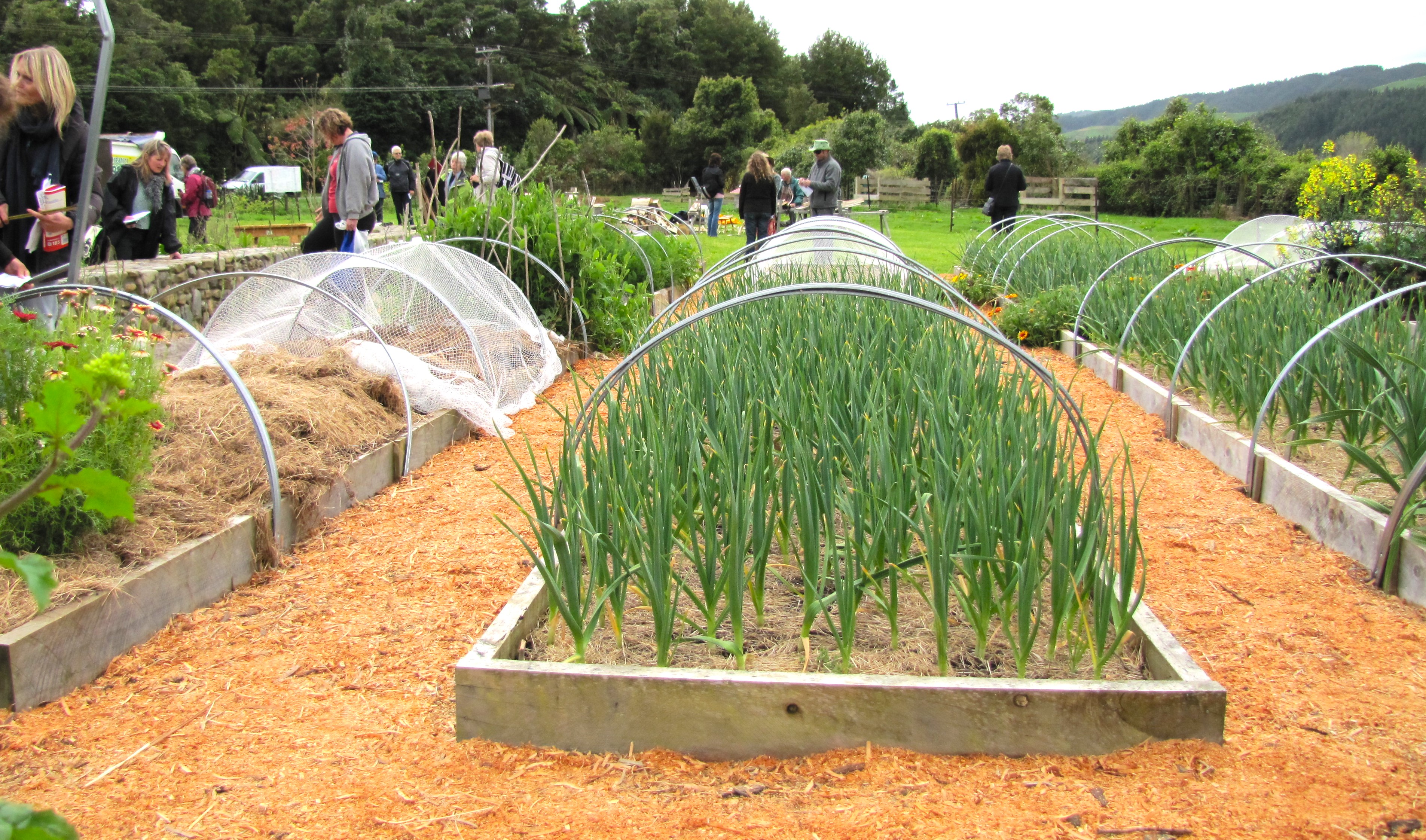Are Raised Beds Your Best Bet?


Timber edged, raised beds aren't a garden essential! For sure, they have their place, but in most cases - yes most cases! - your soil, your body, your plants + your wallet are better served without them.
Simple, no-dig beds, without timber edges are easiest by far to work in and bring many more advantages besides - more growing space ergo more crops, less compost required and more moisture retained = the winning recipe! Mulched paths between the beds + perennial companion gardens around the edges, hold them together.
4 situations where you don't need raised beds

Heavy clay: Clay is easily transformed into awesome vegie growing soil! Consider temporary edges, using untreated cheap scrap timber/ driftwood/ pruning's to lift your garden while you improve your soil. This temporary fix is useful to bear in mind to get you through puppies, small children or bide you time while you get your drainage sorted.
Sandy Soil: Raised beds are the worst option for a sandy base. Raised beds dry out, they need loads more water than a bed at ground level - making them especially nuts in a garden that likely doesn't have access to extra water. More watering = more labour and doesn't meet our goal of an easy garden life.
Poor Drainage: A raised bed on top of a poorly drained area may sound like a smart hack but thing is, the airless, wet soil beneath your garden, informs the health of the soil above. Achieving peak health in this scenario, will always be a challenge. The best option by far is to sort your drainage out. It sounds like an epic mission, I know, but most often, solutions are simple.
In the case of a high water table or a drainage situation beyond your control - plant suitable trees to help soak up the excess, use lots of woodchip for paths and consider hugelkultur beds, rather than raised beds which may well wick the water. The timber used for the hugel bed will help build organic matter and improve the ground beneath.
Weedy spots: Its a tidy thought to think that a raised bed will lift you above the weeds, but alas - this is not so. Timber edges trap roots and make it harder to thoroughly weed, and those pernicious weeds will rise up into your bed regardless. Do a thorough job at the beginning of clearing your ground before building your beds.
3 situations where a raised bed helps

Rotten rock and alpine environments. Where you have no dirt to speak of, you need a raised bed! Consider ripping the ground first, to open it. Double down on all the strategies that build soil: plant trees and shrubs, use lots of wood chip and get serious about wormfarming and making compost!
Mobility issues. Keep the beds as low as you can. I suggest trying one out for a while first before commiting to more. Theoretically high beds sound good but don't always work out that way. Often times customers find containers better. Have a play and find what works.
Seasonally wet soil. If you have soggy spring soil but the rest of the year, the soils fine - then a raised bed is perfect. It'll warm up sooner and you'll love the extra growing time you garner.
The do's and don't of building raised beds

If you decide built raised beds are right for you, keep construction simple so that you can easily undo the beds if need be. Often times the theory of how well the raised bed will work, doesn't match the reality, especially for beds over 200mm high that gobble compost and are super awkward to work. Make one or two beds, and trial them.
200mm is a good workable height - you can rest the lip of the barrow on the edge and tip the load in. Any higher than this and you are bucketing or shovelling up, shifting the weight bearing from your legs and lower body to your hips and back - so hard on your body!
Do use
- untreated timber (consider recycled timber or logs/ branches) or natural products like stone or earth bags. Natural products support and enhance a living soil
- the thickest timber you can afford for longevity, and to moderate temperature
Don't use
- treated timber, even with a plastic lining the CCA (copper, chromium, arsenic) still leaches into surrounding soil
- corrugated iron - its uninsulated and either heats or cools the soil, and is all round hard to get a strong soil life going
- timber thicker than 100mm that impedes on growing space
Choose the framing material carefully - it's the difference between a vital living soil and not.
